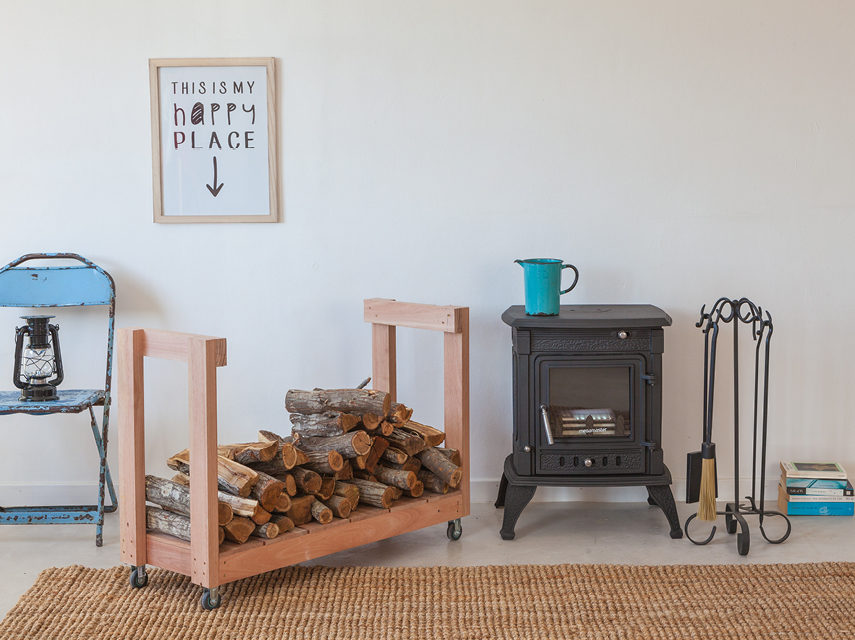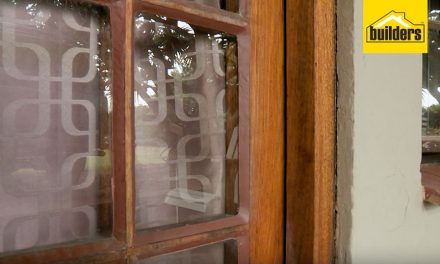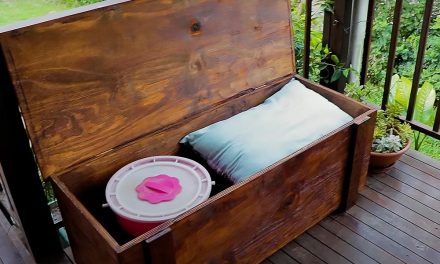Whether open, combustion or gas, there’s a range of options. Consider these points to determine which is right for you.
A well-placed fireplace creates a focal point or natural gathering area in a room and unrivalled ambience.
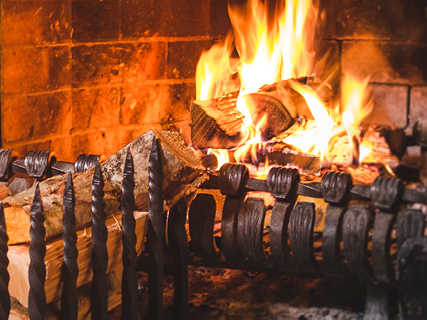
Open fireplaces
An open grate might be the most romantic way to appreciate the dancing flames and hear the crackle of a log fire, but more than half the heat from open fireplaces goes straight up the chimney. That means they use more fuel, making them less cost-effective and less eco-friendly than their closed combustion cousins. They also take more looking after – cleaning out of ash and so on – so, while they are delightful and less expensive, they have some shortcomings.
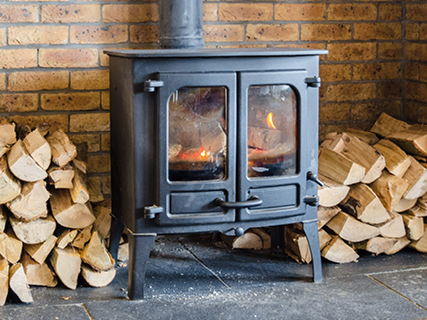
Closed combustion fireplaces
Wood-burning fireplaces (many can burn coal, too) are incredibly effective and efficient. Some 80 percent of the heat they generate goes into warming the room. That makes them easier on fuel and cleaner to run. They heat up rooms quickly, look good – in steel or cast iron, and can look either traditional or sleek and modern – and generally pay for themselves in savings on electricity in a few years, even though they’re more expensive than open fireplaces.
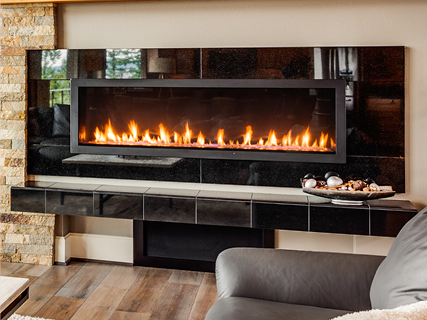
Flueless gas fireplaces
Flueless gas fireplaces don’t require a chimney, so they’re more versatile than fireplaces that have chimneys because you can put them wherever you want them to go. They also provide the dancing flames of a real fire, and can almost disappear when they’re not in use, making them very unimposing.
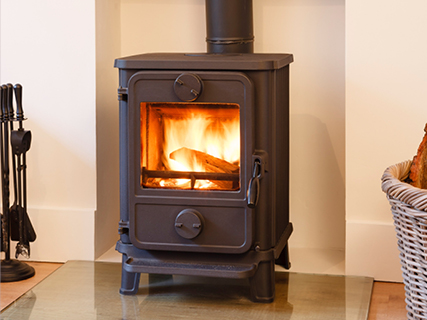
Built-in or freestanding?
If you have an existing hearth or traditional fireplace, an insert (or inset) stove can be installed in the space, flush with the wall. An insert closed combustion fireplace will make huge improvements in efficiency compared to an open hearth (where as little as 10 percent of the heat goes into the room). Freestanding fireplaces are usually a little more efficient than inserts, but they take up more space. They have similar restrictions in terms of where you can place them (taking into account requirements for the chimney), but inserts are better for small or narrow rooms because they take up less space.
Accessorise
Once you’ve chosen your fireplace, you’ll soon discover there are lots of great gizmos to go with it. Tool sets, grates and fuel storage are available in all shapes and sizes and they are often very handsome and trendy-looking items.
Firewood
Buy wood that’s been seasoned (chopped and dried off the ground) for a year so that it’s properly dried (or the resin and moisture will cause build-up and blockages in your chimney). Use wood from exotic species cut down in bush clearing exercises, or from other reputably sustainable sources. Many tree-felling companies, for example, sell firewood. Recycled wood briquettes have also become highly popular. They’re more efficient than ordinary logs, some of them producing up to 50 percent more heat. They’re made from compacted sawdust and shreds of waste wood or alien species, so their environmental credentials are good, too. As a renewable resource, bamboo has many advantages and is now available in braai briquettes.
Top Tip: Both wood- or coal-burning fireplaces and gas ones use alternative energy sources, keeping electricity bills down and making it possible to keep your house warm even when the power is out.
Use this formula to choose the right size
The power output of a fireplace is measured in kilowatts (kW). If you choose one that’s too powerful for the room it’s heating, you’ll be using the dampener excessively to keep flames low, which means your stove won’t burn efficiently, causing chimney problems such as soot build-up. Too small and the room won’t be warm enough. Here’s a simple formula to help you choose right:
Height (m) x Length (m) x Width (m) of room x 0,07 = the number of kW

